How a mistake in the lab taught me new things about myself
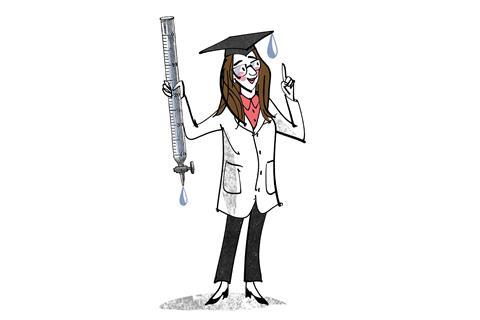
That day, I entered the lab like I always did. I put on my lab coat, wore my goggles, and slipped on my gloves. I checked the equipment on my desk: Erlenmeyer flask, burette, beaker, indicator and, of course, the titrant solution. I had read the titration procedure multiple times. Everything felt under control. I carefully set up the burette, prepared the solutions and started the experiment. Everything was going smoothly – until that final moment.
In the titration I was using phenolphthalein as an indicator, I added the titrant drop by drop into the solution while gently swirling the flask. I was supposed to stop adding it when the solution turned light pink, which indicated the endpoint. Just when I thought I had everything under control, I added one more drop – not intentionally, just out of habit or perhaps a brief moment of distraction.
There wasn’t a huge explosion. The lab didn’t descend into chaos. There was just a quiet shift: the pale pink solution deepened into a dark pink, and a sharp smell rose from the flask that made me step back. That moment stayed with me – something felt different, even if I couldn’t name it right away. What lingered wasn’t the outcome, but the quiet moment when I simply wanted to see a little more.
That ‘one extra drop’ didn’t just deepen the colour – it raised the pH and led to an overestimation of the unknown concentration by more than 5%. In acid-base titrations using phenolphthalein, a pale pink colour marks the equivalence point – where acid and base are chemically balanced. Adding one extra drop of titrant after this point raises the pH, turns the solution dark pink, and causes an overestimation of the unknown concentration.
Lessons learnt
This small mistake highlights how precision matters in experiments. But this mistake didn’t just teach me to be more careful; it taught me to be patient, curious and reflective. Just like when I mess up a layup during basketball practice and have to try again and again until I get it right. Or when I added too much flour while baking with my mom and the cake turned out hard – but I learned from it. Science isn’t only about getting the right answer; it’s about what you learn on the way. Maybe that ‘one extra drop’ was exactly what I needed at that moment. Because it didn’t just show me the endpoint of a reaction – it showed me the beginning of a transformation in myself.
Science is more than facts and figures – it’s a mirror
After realising the solution had gone past the endpoint, I paused. At first, I was disappointed – all that focus, all that preparation, and still, a mistake. But instead of giving up, I took a deep breath and started again. I set up a new titration, this time with even more care. I used the rough data from the first trial to calculate how much I had overshot, which helped me better estimate when to slow down the second time. And this time, I stopped exactly when the solution turned the perfect pale pink. I didn’t just repeat the process – I improved it.
Sometimes, I wonder what would have happened if I hadn’t added that one extra drop. Maybe the experiment would have ended perfectly, but I wouldn’t have discovered the side of me that questions, reflects and grows. That moment reminded me that science is more than facts and figures – it’s a mirror. It shows you how you handle pressure, mistakes and setbacks. It teaches you that precision matters, but so does courage. And now, whenever I wear my lab coat, I wear it with a little more confidence – not because I’ll never make a mistake again, but because I now know how to turn a mistake into momentum.
That’s the beauty of science – it never stops teaching you.
Acknowledgement
I’m grateful to my chemistry teacher, Berfin Şak, who supported and encouraged me while I wrote this article
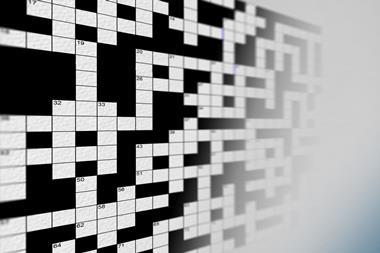
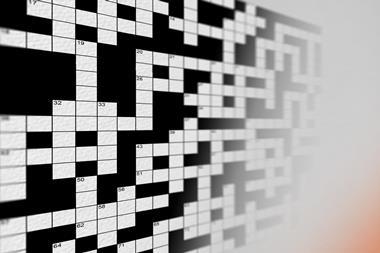
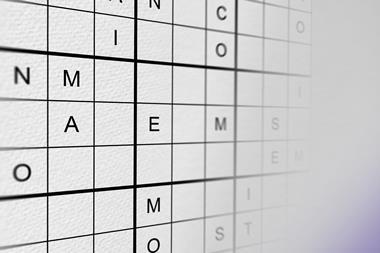
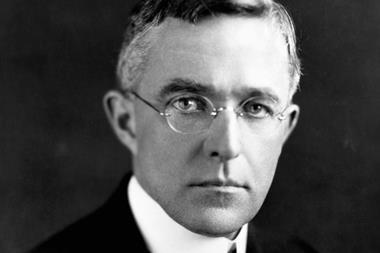
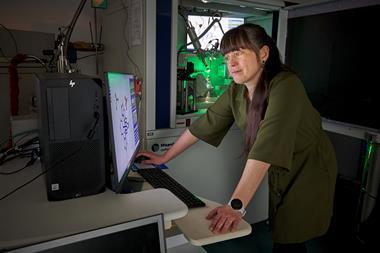
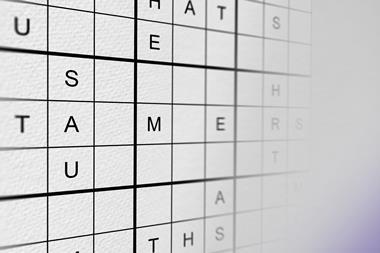
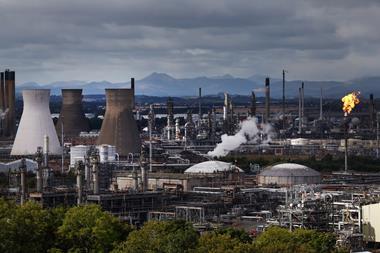
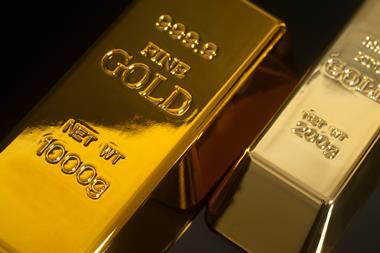
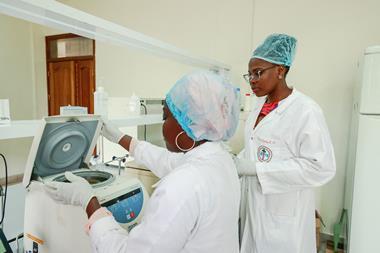
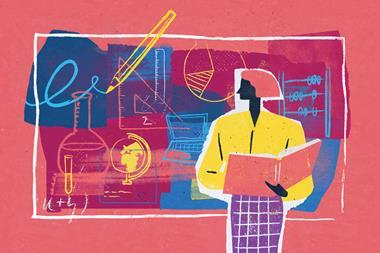
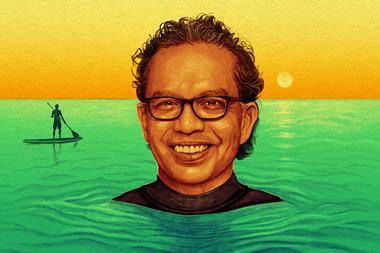
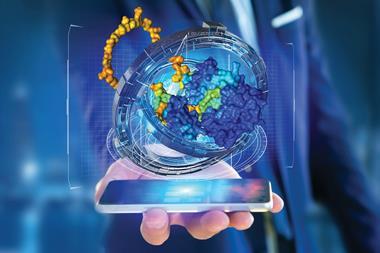
1 Reader's comment